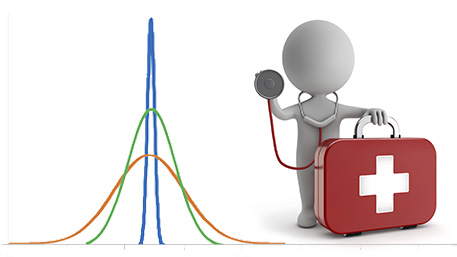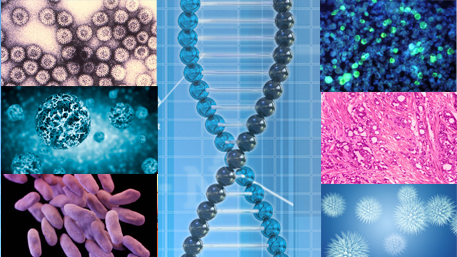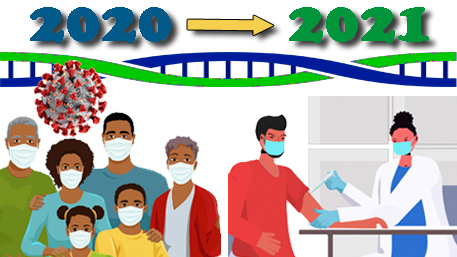Search Results
10 results for epigenetics
Fulfilling the Promise of Epigenetics Requires More Studies in Diverse Populations

Two recent articles, one in Nature Genetics and another in Genome Medicine, report the lack of racial and ethnic diversity in epigenetic research. This needs to change in order to fulfill the promise of epigenetics as a tool for health equity science. Health equity is the state where everyone has a fair and just ability
Posted on byEpigenetics: An Emerging Tool for Health Equity Science

A recent review provides recommendations to improve the scientific investigation of the associations between epigenetic markers, socioeconomic status, and adverse health outcomes. Health equity means that everyone has the opportunity to be as healthy as possible. Health equity science studies the association between social determinants of health (SDOH) and adverse health outcomes. SDOH refer to
Posted on byBeyond Tuberculosis: BCG Vaccine and Epigenetics

Tuberculosis (TB) infection is spread from person to person by respiratory droplets containing the bacterium Mycobacterium tuberculosis. This infection mainly affects the lungs and may be fatal if left untreated. TB remains a leading cause of death worldwide. In 1921, a live attenuated vaccine, called the BCG vaccine, was introduced to protect against TB. The
Posted on byEpigenetics and Public Health: Why We Should Pay Attention

In September 2014, one of us (MJK) spoke on the topic of epigenetics at the Annual Meeting of the Association for State and Territorial Health Officials (ASTHO). ASTHO is a national organization representing public health agencies in the United States. ASTHO members formulate and influence public health policy and practice. In the midst of a
Posted on byInterplay Between the Exposome and the Genome in Health and Disease

A recent review assessed the interplay between environmental exposures and the human genome and showed ways that this interplay can alter disease risk. Many diseases, such as birth defects and developmental disabilities, type 2 diabetes and cancer, are influenced by both environmental and genetic factors. The cumulative effects of environmental exposures prenatally and throughout life
Posted on byThe Use of Cell-free DNA in Clinical Practice: Work in Progress

A recent review outlines the use of circulating tumor DNA (ctDNA) in clinical practice and the requirements necessary to extend the use of this technology for health impact. Cell-free DNA (cfDNA) is extracellular strands of DNA present in body fluids. Circulating tumor DNA (ctDNA) is a specific type of cfDNA that originates from a primary tumor, circulating
Posted on byFrom Polygenic Risk Scores to Methylation Risk Scores: What are the Clinical Applications?

A recent study used methylation risk scores to improve predictive value of baseline models for a range of clinical diagnoses and laboratory tests. The ability to understand and predict a person’s risk of disease is an integral component of precision medicine and precision public health. Many factors, including environmental and genetic, contribute to a person’s
Posted on byThe Current Landscape of CDC Publications in Human Genomics and Public Health

In October 2021, the CDC Office of Genomics and Precision Public Health (OGPPH) launched a new, five-year initiative to strengthen public health capacity in genomics and precision medicine. The emergence of evidence-based genomic applications and lack of equity in their implementation in clinical and public health practice provided an important impetus for this initiative. To
Posted on byThe Science of Gene-Environment Interaction at the Centers for Disease Control and Prevention and Agency for Toxic Substances and Disease Registry

Now, more than ever, we are aware that our environment has implications for our health. We are also learning more about the effects of inherited traits, such as blood type, on disease susceptibility and progression. Understanding the interactions between our environment and our genes and how they affect health outcomes offers a multitude of potential
Posted on by2020: A Challenging Year of Progress for Genomics and Precision Public Health

It is time to wrap up an eventful 2020 which unfortunately was dominated by the COVID-19 pandemic. From January 2020 through November 2020, we saw a major increase in visits to our website (> 2.6 million views, compared to 2 million views in 2019 and 1.2 million views in 2018). In our year end blog,
Posted on by

